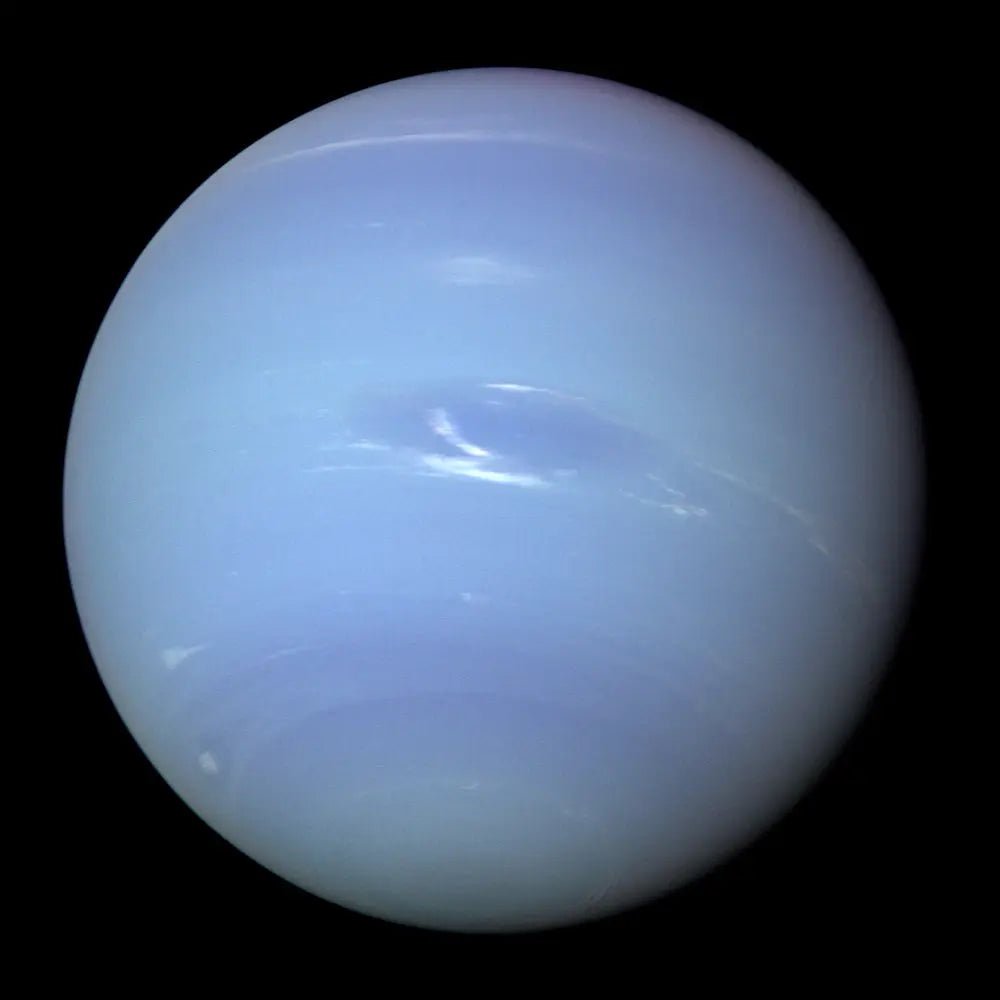A Deep Dive into the Blue Giant
Introduction
Neptune, the eighth and farthest planet from the Sun in our solar system, has long captivated astronomers and space enthusiasts alike. Named after the Roman god of the sea, its deep blue color and turbulent atmosphere make it a subject of endless fascination. Despite its distance from Earth—approximately 2.8 billion miles—Neptune holds clues to the origins of our solar system and perhaps even to the nature of exoplanets in distant star systems. This article delves into the mysteries and marvels of this enigmatic planet.
Discovery and Exploration
Neptune was discovered on September 23, 1846, by German astronomer Johann Gottfried Galle, but its existence was mathematically predicted before it was visually observed. The planet's discovery was a triumph for the field of celestial mechanics, as it confirmed the power of mathematical equations to predict the existence of celestial bodies. The Voyager 2 spacecraft, which flew by Neptune in 1989, remains the only mission to have visited the planet. The data collected during that flyby still serves as a primary source of information about Neptune's composition and atmosphere.
Physical Characteristics
Neptune is a gas giant, primarily composed of hydrogen, helium, and traces of methane. It has a diameter of about 30,598 miles, making it nearly four times the size of Earth. The planet's deep blue color is attributed to the absorption of red light by methane in the atmosphere. Neptune has a very strong magnetic field, tilted at 47 degrees to its rotational axis, which leads to extreme weather conditions, including supersonic winds that can reach speeds of up to 1,300 miles per hour.
The Atmosphere and Climate
Neptune's atmosphere is a turbulent mix of clouds and storms, with the most famous being the Great Dark Spot, a storm roughly the size of Earth. This storm has since disappeared, but other similar storms have been observed. The atmosphere consists of different layers, with varying compositions and temperatures. The upper layer is cold, with temperatures dropping to -224 degrees Celsius, making Neptune one of the coldest places in the solar system.
Moons and Rings
Neptune has 14 known moons, the largest of which is Triton. Triton is unique among the moons in our solar system because it has a retrograde orbit, meaning it orbits Neptune in the opposite direction to the planet's rotation. This suggests that Triton was likely captured by Neptune's gravitational pull and was not originally formed there. Neptune also has a faint ring system, composed mainly of ice particles and dust grains.
The Search for More Information
Despite the wealth of information gathered by Voyager 2, many questions about Neptune remain unanswered. For instance, the internal structure of the planet is still largely unknown. There are also questions about how Neptune's moons were formed and whether the planet has more moons that have yet to be discovered. To answer these questions, future missions to Neptune are being considered, although the extreme distance and harsh conditions make such missions challenging.
Conclusion
Neptune is a planet shrouded in mystery and beauty. Its turbulent atmosphere, intriguing moons, and enigmatic history make it a compelling subject for scientific investigation. As technology advances, the hope is that new missions will provide more insights into this distant blue giant, helping us to understand not just Neptune, but also the broader universe in which we reside. Until then, Neptune will continue to captivate us as one of the most mysterious and awe-inspiring planets in our solar system.



Share:
The Anatomy of the Sun: A Journey Through the Layers of Our Solar System's Heart
Understanding the Science Behind Seasons